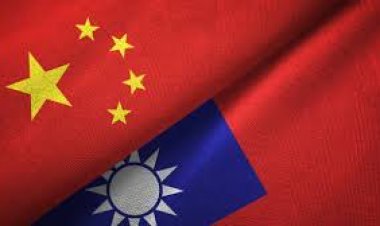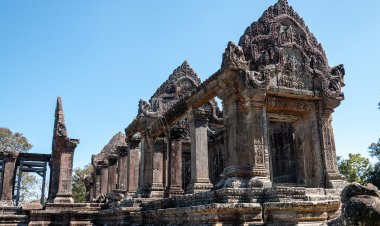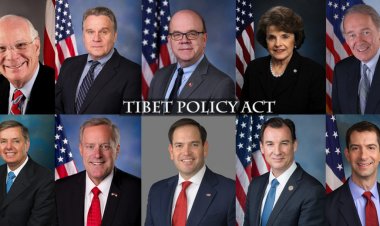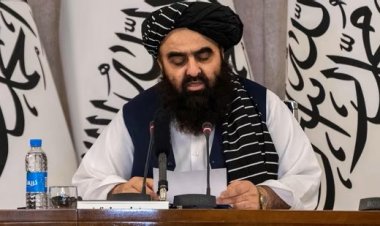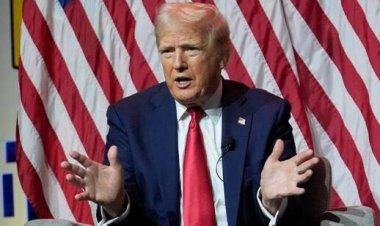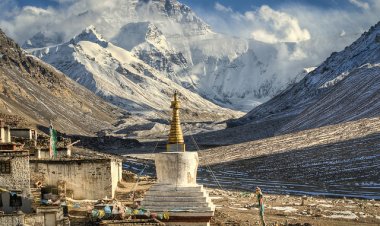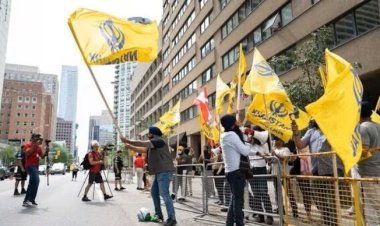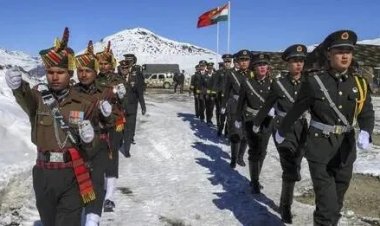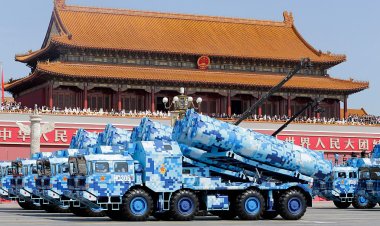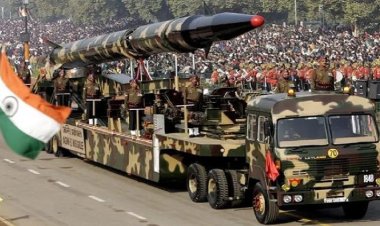Rethinking India’s ‘One China Policy’: The Tragedy of Tibet
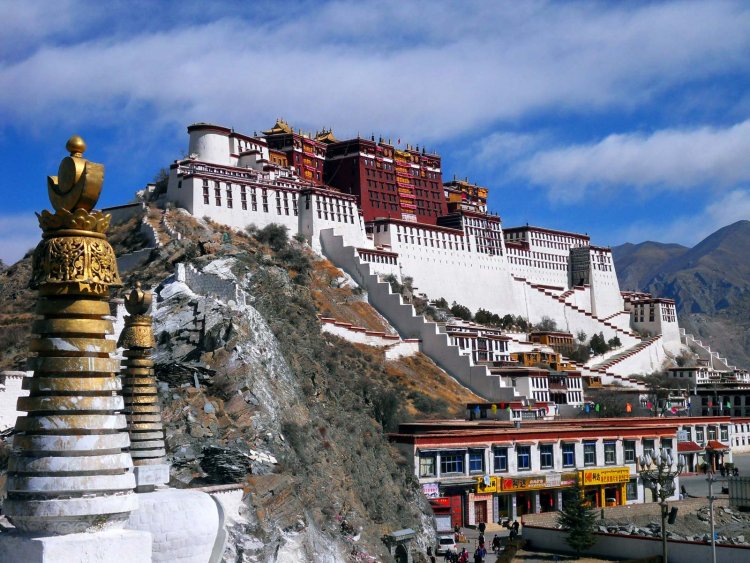
Event Report
Webinar 3
By Usanas Foundation
Amidst the confrontation at the LAC and India working towards rethinking its China policy, intelligentsia and academia came together to discuss the policy options for India to rethink its ‘One China Policy’ with a focus on Tibet. Dozens of intellectuals came together at one platform to brainstorm on the same in a talk organised by the Udaipur-based geopolitics and security think-tank Usanas Foundation on "Rethinking India's 'One China Policy’: Tragedy of Tibet". The esteemed list of speakers included Former Special Secretary, Government of India, Krishan Varma; Prof. Srikanth Kondapalli from Centre for East Asia Studies, Jawaharlal Nehru University; Senior Fellow, Institute of Peace and Conflict Studies, Abhijeet Iyer-Mitra; and Tibetan Activist and Writer Tenzin Tsundue.
Beginning the talk, Srikanth Kondapalli threw light on the historical perspective of the One China Policy of India. He said that the policy was initiated between December 1949 and April 1950. However, it was only related to Taiwan in the initial period, as the Communist Party won the civil war and the Kuomintang was pushed back to Taiwan. India had an embassy in Chongqing in the Republic of China. We also had Consul Generals in Lhasa, Xinjiang, and other areas. Within two years, the Communist Party won the war and we had to switch over from diplomatic relations with ROC (Republic of China) to PRC (Peoples Republic of China).
With the advent of the PRC, the Communist party started setting up a different kitchen. All the diplomatic missions and relations were abolished and new relations were established. Unfortunately, India was among the first nations to use this word ‘One China’ and recognise China, along with Burma and Pakistan. India simply stated that Taiwan is an inalienable part of China. In about four years, we also had the Panchseel Principle signed and we started to have a nuanced position on Tibet - we began to consider it as China’s part in trade perspective. Every joint statement reiterated that position till the 2010 joint statement. We started deviating a bit from it after staple visas were issued to Kashmiris and Arunachalis. However, in 2013, Dr. Manmohan Singh went to China and under the Chinese pressure, he reiterated the One China Policy in an opaque manner. He said that India and China oppose them who oppose One China!
He further said, “in 1965, Tibet was divided into Tibet Autonomous Region and Sichuan and Yunnan provinces. Unfortunately, we did not even comment on this. Further, in 1988, Rajiv Gandhi visited China and inserted the word ‘autonomous’ with regard to Tibet. In 2003, we mentioned Tibet Autonomous Region as a part of China. One China Policy is a policy where we tie down our own legs. There is no declaration of opposition to the policy. In May 2014, Sushma Swaraj in a meeting with Chinese counterpart, asked about China’s stand on ‘One India’ Policy. We should start putting pressure over China to make them agree to ‘One India’ Policy in reciprocation to our ‘One China’ Policy.
Talking about possible solutions, he suggested three policy options. He first argued that it is also a matter of power when we talk about reciprocity. We need to learn from North Korea, which is a 50 Billion GDP nation that brought an 18 Trillion+ GDP nation - the USA to Singapore, largely on its own terms. We should start seeking reciprocity from China based on the deliverance of recognising ‘One India’ Policy. Secondly, he said that in conjunction with the Tibetans, Taiwanese, Uighurs, and others, we also need to coordinate activities. Third, many countries have signed One China Policy - around 200 odd countries except for 15 or so… However, none of these got a reciprocal arrangement from China. India has to seek reciprocity with China as well as work together with all those countries.
Cautioning the policymakers, he said that multiple things are happening in a parallel manner - border mobilization along the LAC, the Hong Kong situation, Taiwan situation, South China Sea, Senkaku islands, etc. All these make this situation more vulnerable. So we need to be more conscious and put our foot down on this. About Tibet, he expressed his concerns and said that there is also a larger problem that is emerging from Tibet. There are 6 Million Tibetans and 7.5 Million Chinese. There is a demographic change. China’s structural power within Tibet is rapidly increasing. It is difficult to dislodge China until all these 6 Million Tibetans unite and agree to fight a long war. When the Dalai Lama went to the 1976 delegation, the Tibetans started revering the dust that was left on his trail. The reverence of the Dalai Lama is huge in Tibet. When the Dalai Lama asked the Tibetans to boycott Shahtoosh shawl, which is manufactured by killing antelopes, around 98% of people followed the movement. This is a thing that needs to be further consolidated. It also depends on the solidarity and effectiveness of the struggle by the Tibetans themselves, besides pushing others for their aspirations.
Krishan Varma began by highlighting that China has chosen a very critical time of the pandemic to move forward their expansionist agenda. The time has come for India to take a very bold step to stop them. We also have to look at them from a broader perspective.
He gave some food for thought and asked - how do we bring along friendly nations together on this issue? What failed our strategic understanding of China? “I believe personally, that the Chinese were able to lull us in a sense of comfort. They effectively used shrewd and skewed diplomacy. They have taken us away from the main point of confrontation - that is the boundary! Nevertheless, it is time to rephrase the One China Policy”, he said. There is a larger plan that they have in mind. So we need to think that could be the steps to rephrase India’s Tibet Policy. Tibet is a national security issue for India as well as it has got a pool of natural resources. Whoever controls Tibet, dominates the Indian subcontinent, subsequently South Asia, and eventually Asia.
Highlighting the importance of practicality, he said that look at the way Chinese have done to annex neighbouring areas. It is not easy to roll back. Even in the current context, are we going to allow them to run away from what they have done in the South China sea? They have thrown away all the international norms. Are we legitimising everything that China has annexed? Are we saying that it is all China’s property that it has already annexed? Look at how they have done all these in the last five to six decades. India is really at an inflection point. Why can’t the civilised nations of the world get together to challenge the nation with uncivilised behaviour. India needs to have a new One Tibet policy, a new Taiwan policy, a new Xinjiang policy, and even a New Mongolia policy. We need to have different alignment with the people who have the same goals on ‘One China’. We need to do these things as a civilised society against the uncivilised one. I would see a commonality of behaviour with the civilised Western countries to go against China.
Adding to Srikanth Kondapalli’s ideas on the importance of Dalai Lama, he argued that the world has been very lucky to have a towering figure like the Dalai Lama and we need to look up to him. The time has come to recognise reality. We need to have greater respect and greater coordination to work with like-minded people and like-minded countries. But most importantly, we need to ask ourselves - are we willing to cross the limit that we consider as our border??
Abhijit Iyer Mitra began by putting forward two major points. He said that the first issue is the serial blunders that we did in recognising Tibet as a part of China. The UN never accepted the annexation of Latvia, Lithuania, and Estonia as a part of the USSR. The USSR was never able to talk about something like Hawaii to the USA. This form is the cornerstone that how we form our policy on Tibet from now on. Second is the internal point of view regarding Tibet. What you will see in Tibet is the kind of an air of terror everywhere. You can see people with machine guns and security scanning everywhere by the communist country - who are very good at wiping out the native culture. Talking comprehensively about the idea, he also shared his experiences of Madarsa’s visit in Bukhara - which was entirely westernised, which was a classical example of modernisation of Turkic people in a Westernised manner (happened during Soviet period). What is amazing about Tibet is that despite all the brutality, it has continued to preserve its culture, unlike other Central Asian countries.
Talking about covert ways of denouncing the One China policy that we have agreed to, he argued that you just can’t trust a treaty that you signed with China. You violate the treaty in principle, but not in letter. Treat One China like it treats nuclear non-proliferation. You swear to it absolutely and act against it on the ground. Use your diplomatic resources to treat Tibet as an independent country. They are a cultural responsibility and strategic asset for us. Talking about the strategic importance of Tibet, he said that as we move from a ground centric combat paradigm to an air centric warfare paradigm, Tibet becomes a huge liability for us. These are interception points. We have to adjust a whole set of things. Fighting Tibet on the ground is a nightmare, and fighting in the air is a dream.
Criticising the Indian policymakers and bureaucracy, he argued that India has been very notorious in using people and dropping them - like we adopted Balochs and then dropped. Why did Morarji Desai share our intelligence inputs with Pakistan and why did I.K. Gujral compromise our intelligence networks? We need to cultivate our own assets. “Are the Chinese planning to hit us? I suspect that yes, they are! If not in conventional ways, but they are preparing to hit us”, he concluded.
Tenzin Tsundue began by going deep down in the history of China. He said that it was only in 1912 that the idea of China began to come up, which was under foreign occupation for around 300 years. Now they are trying to rule over their rulers. There is no real China! The China Xi Jinping is talking about only came into existence in 1949. Till then, Tibet was an independent country.
When Dalai Lama exiled to India, we repudiated the 17 point agreement to China that we would be continuing to fight for an independent Tibet. There was so much pressure exerted by the Government of India on Tibet as well. In all these, it is the Tibetan people, with a great sense of resilience, who have survived and maintained their fight for freedom. Now we have come to a point where India today realises that Tibet is not something to be left out. Tibet means 2.5 Million square KMs of land, it is not about a small landmass. Awakened India needs to have a strong position to recognise Tibet as a free and independent country and rework its One China Policy. India has recognised numerous territories occupied by China but China questions territorial integration of India and refuses to recognise Kashmir as a part of it. So this is high time that India starts to work rethinking from its One China policy.
Talking about global alliances fighting against China, he said that there is an entire alliance of people fighting to get freedom from China including East Turkestan, Mongolia, Hong Kong, Tibet, Manchuria, etc. this is a growing movement. Three years ago, we had a conference in Dharamshala where Dolkun Isa - Uighur leader was denied a visa in India. What kind of diplomacy is this? If you are willing, freedom will happen. Freedom firstly needs to happen here. He also asked the participants to ponder on the quote of Aurobindo Ghosh, “India can be free and India must be free”. He also quoted Rabindranath Tagore’s quote - “Where the mind is without fear… in to that heaven of freedom.” For Tibetan people, freedom is always a matter of political decision and that will happen at some point of time, inevitably.
The opinions expressed in the webinar belong to the panellists and not necessarily to the Usanas Foundation.

